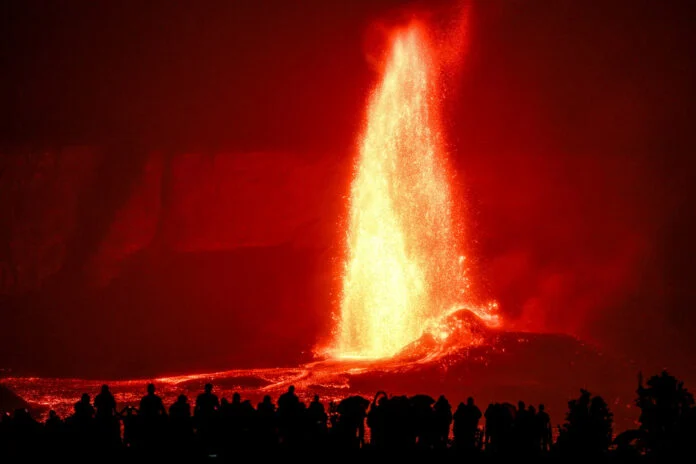The Neanderthals were cooperative big game hunters, just like lions, wolves, and modern humans. These predators, at the top of the food chain, have few predators of their own, and competition drives conflict over hunting grounds. The same issue affected our big-headed evolutionary cousins; if predators didn't limit their population, conflict would have resulted.
Indeed, Humans have a long history of territorial behavior. Intense territorial conflicts also exist among chimpanzees, our closest living relatives. Male chimpanzees regularly form groups to ambush males from opposing bands, a behavior that is startlingly similar to human warfare.
Modern Humans frequently experience interpersonal conflict, and Neanderthals were very similar to us. Our DNA is 99.7% the same, and our skull and skeletal structures are remarkably similar. Neanderthals were astonishingly similar to us in terms of behavior.
The evidence from archaeology shows that Neanderthal lives were anything but tranquil. Warfare during the prehistoric period leaves traces. Due to the effectiveness of clubs as quick, potent, and precise weapons, prehistoric Homo sapiens and Neanderthals frequently exhibit skull trauma.
In point of fact, a new study reveals that a vicious attack on a Neanderthal caused a fracture in a 40,000 year-old skull. A computer reconstruction of the St. Césaire skull, discovered in France, led to this conclusion. According to the authors, their findings have significant ramifications for comprehending Neanderthals' social interactions with modern humans.






